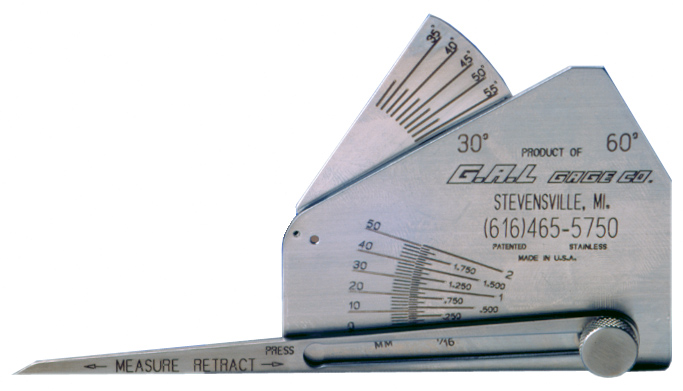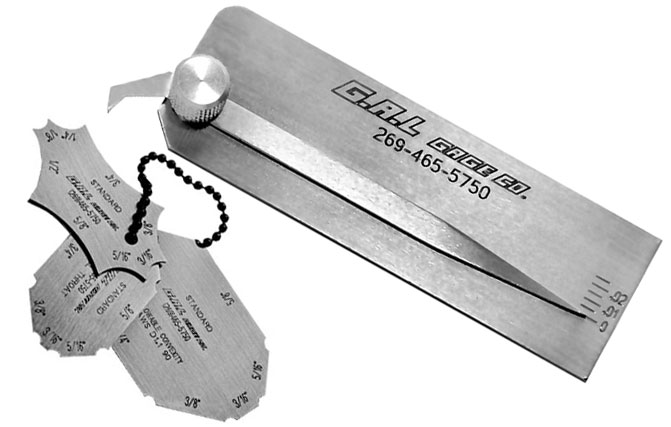Fillet Weld Design Techniques: Enhancing Joint Performance and Visual Appeal for Structural Honesty
In the realm of architectural engineering and construction, the significance of fillet weld style strategies can not be overstated. By carefully taking into consideration variables such as weld profile optimization, material choice, joint preparation strategies, welding procedure performance, and aesthetic improvement designers, approaches and makers can attain an unified equilibrium in between performance and look in their bonded structures.
Weld Profile Optimization


Attaining an optimum weld profile includes a careful factor to consider of elements such as material density, joint arrangement, welding setting, and preferred welding speed. In addition, the option of ideal welding criteria, such as voltage, present, and travel speed, is basic in managing the form and dimensions of the fillet weld. Making use of innovative welding strategies, such as pulse welding or robot welding, can further improve the weld profile to meet details style requirements and top quality standards.
Basically, weld account optimization is a fundamental element of fillet weld style that straight influences the total performance and reliability of bonded joints in structural applications.
Material Option Considerations
When taking into consideration product selection for fillet weld design, the compatibility of the base metals is a crucial aspect affecting the architectural honesty of the joint. It is important to pick products that not only bonded with each other successfully yet additionally have similar mechanical residential or commercial properties to make certain the load is evenly dispersed between the base and the weld steels. Welding products with greatly different buildings can bring about issues such as anxiety focus, early joint failing, or fracturing.
Additionally, the environment in which the welded structure will operate have to be taken into consideration when choosing materials. Factors like deterioration resistance, temperature level variations, and direct exposure to chemicals can all affect the long life and performance of the weld joint. By choosing materials that are suitable for the designated application and atmosphere, the overall durability and reliability of the bonded joint can be dramatically enhanced.
Therefore, comprehensive consideration of material compatibility and ecological variables is paramount in making certain the weld joint's toughness, durability, and total structural integrity.

Joint Preparation Techniques
Thinking about the critical duty material choice plays in making certain the architectural honesty of fillet weld joints, it is vital to implement accurate joint preparation techniques that maximize the link between the base steels. Joint preparation is an essential step that straight affects the top quality and strength of the weld. you could try this out One essential strategy is the cleansing of base steels to eliminate any kind of pollutants like corrosion, oil, or paint that might endanger the weld's honesty. This can be achieved with approaches such as grinding, wire brushing, or chemical cleaning.
Furthermore, proper fit-up of the joint is vital to make sure consistent distribution of the welding material and avoid flaws like incomplete infiltration or extreme buildup. Beveling the edges of the base steels can produce a groove that permits deeper weld penetration and a stronger bond. In addition, tack welding the parts in location before the final weld aids maintain alignment and lessens distortion during the welding process. By carefully following these joint prep work strategies, welders can improve the overall performance and visual appeals of fillet weld joints while ensuring structural sturdiness.
Welding Process Efficiency
Effective welding processes are necessary for achieving ideal performance and top quality in fillet weld manufacture. Processes like gas metal arc welding (GMAW) and flux-cored arc welding (FCAW) are frequently used for fillet welds due to their adaptability and speed.
Furthermore, making sure correct devices arrangement and maintenance is essential for efficient welding. Normal calibration of welding devices, evaluation of consumables, and upkeep of welding lanterns can prevent downtime and remodel, eventually saving time and resources. Furthermore, employing knowledgeable welders with competence in the details welding process being utilized can substantially influence performance. Trained welders are more proficient at readjusting parameters, troubleshooting issues, and maintaining regular weld high quality.
Visual Improvement Approaches
To enhance the quality of fillet weld fabrication, implementing visual improvement approaches can play a vital function in ensuring accuracy and accuracy throughout the welding process. Visual improvement approaches include various techniques intended at improving the appearance and quality of fillet welds. One usual strategy is using back removing systems to get rid of oxidation on the backside of the weld, causing a cleaner, much more cosmetically pleasing finish. In addition, using appropriate illumination arrangements in the welding area can boost exposure, enabling welders to keep track of the weld pool and ensure consistent bead development. Aesthetic aids such as weld dimension assesses and magnifying lenses can aid in analyzing weld profiles and dimensions accurately. The usage of contrasting noting products or short-term tacking can assist in straightening and positioning the workpieces exactly prior to welding. By incorporating these visual improvement approaches into the welding process, welders can accomplish not only structurally audio fillet welds however also visually enticing outcomes that meet sector requirements.

Conclusion
In verdict, enhancing fillet weld style includes cautious factor to consider of weld account, product option, joint preparation, welding process effectiveness, and visual improvement methods. By executing these techniques, structural stability can be boosted while likewise achieving aesthetic allure. It is essential to focus on both efficiency and aesthetic appeals in fillet weld layout to make certain the total top Clicking Here quality and web link sturdiness of the joint.
By diligently thinking about factors such as weld account optimization, product selection, joint prep work strategies, welding process performance, and visual enhancement producers, approaches and designers can attain an unified balance between capability and appearance in their welded frameworks.In the world of fillet weld layout, optimizing the weld profile plays a crucial duty in making sure structural honesty and efficiency. The weld profile, which includes the dimension and form of the weld cross-section, straight influences the circulation of stress and load-bearing capacity within the joint. It is necessary to pick materials that not just bonded with each other successfully however additionally possess comparable mechanical buildings to ensure the load is evenly dispersed between the weld and the base metals - Gauge Fillet Weld.In conclusion, maximizing fillet weld design includes careful factor to consider of weld account, material option, joint preparation, welding process efficiency, and visual improvement methods